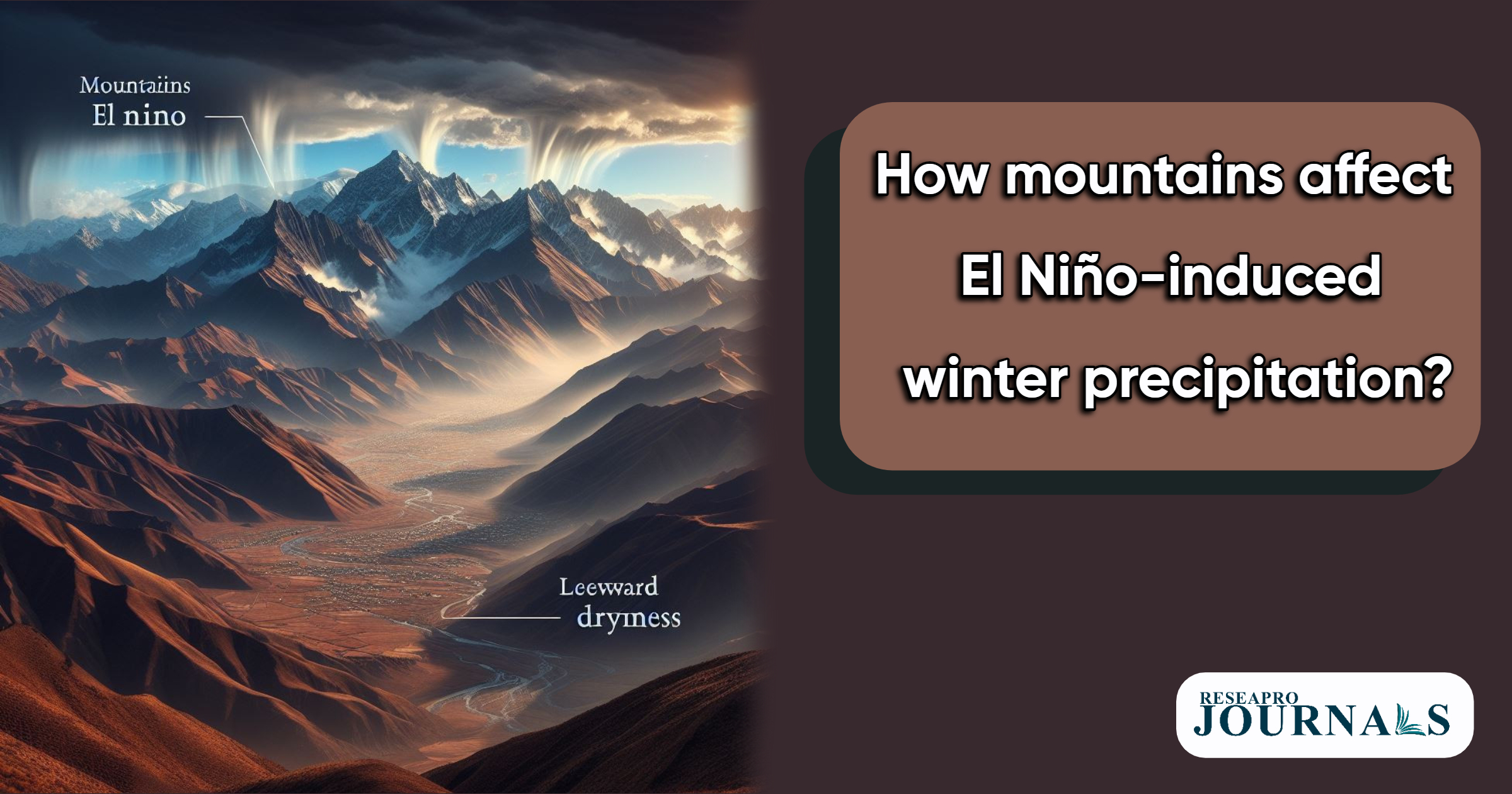|
Getting your Trinity Audio player ready...
|
Mountains significantly influence El Niño-induced winter precipitation by altering atmospheric circulation patterns. When El Niño occurs, warm ocean temperatures in the Pacific lead to changes in the jet stream and atmospheric pressure. As air masses move across mountains, they rise and cool, causing moisture to condense and precipitate on the windward side, creating increased precipitation. This process, known as orographic lifting, often results in amplified rainfall or snowfall on the windward slopes of mountains during El Niño events. Conversely, the leeward side experiences a rain shadow effect, receiving less precipitation due to the descending air, creating drier conditions.




